Plastic alternatives refer to
biodegradable or recyclable materials designed to replace traditional plastics
and minimize their environmental impact. In this article, we’ll explore the
present and future of these alternatives and discuss what we can do to
contribute to this change.
―
The Tears of a Sea Turtle, The Scars of Plastic
―
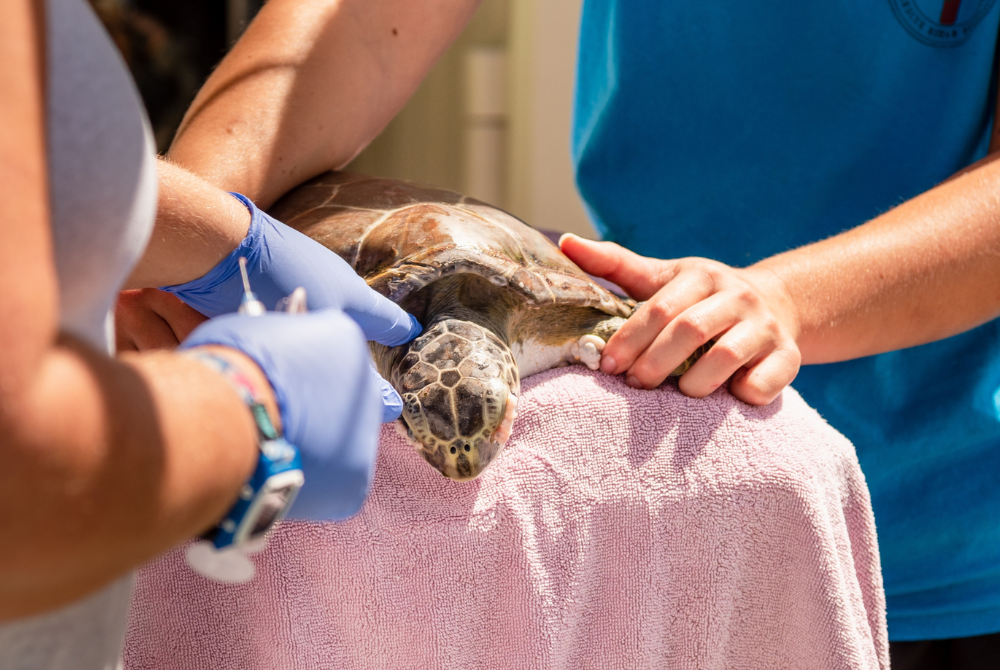
In 2015, a video that broke
many hearts went viral. It featured a marine biologist off the coast of Costa
Rica removing a plastic straw lodged in a sea turtle's nose. The turtle’s pain
was palpable, revealing the severe damage our discarded plastics inflict on
ecosystems.
This isn’t just about a single
straw. Plastics that end up in the ocean break into smaller particles,
infiltrating the bodies of marine life and eventually returning to our plates.
Globally, approximately 8
billion tons of plastic waste have accumulated. Only 9% of it has been
recycled, with the remainder either buried in landfills or abandoned in nature.
As a result, over 1 million birds and 100,000 marine animals die annually. This
is an issue we can no longer ignore.
Want to learn more about humanity's impact on Earth? Check out the next article: |
―
Q. What Do Plastic Alternatives Look Like?
―
A. Plastic alternatives are
eco-friendly materials that can replace traditional plastics. These materials,
derived from natural sources like plant fibers, corn starch, bamboo, and
seaweed, aim to minimize environmental harm.
"Biodegradable
or recyclable materials are designed to replace
traditional plastics and reduce their environmental impact."
—United Nations Environment
Programme (UNEP)—
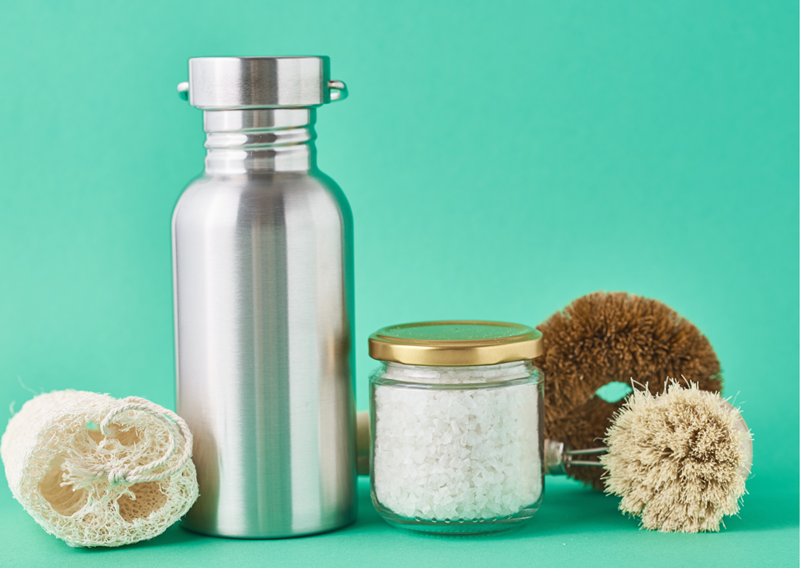
Imagine the plastic cup holding
your favorite café drink. What if it were made from corn starch? It could
decompose naturally without leaving a trace on the environment.
Plastic alternatives are
already making a difference. Some prominent examples include:
1. Biodegradable Plastics
● Features: Can decompose in
natural environments.
● Key Materials:
• PLA (Polylactic Acid): Corn
starch-based, used for food packaging and disposable utensils.
• PHA (Polyhydroxyalkanoate):
Produced by microorganisms and decomposes faster than PLA.
2. Bio-Based Plastics
● Features: Derived from
renewable resources, with properties similar to traditional plastics.
● Key Materials:
• Bio-PET: Offers the same
strength as traditional PET while reducing carbon emissions (e.g., Coca-Cola’s
PlantBottle).
Interested in technology that
protects the environment while driving economic growth?
Check out the next article: ⇊ |
Now and Into the Future
―
According to Statista, the
plastic alternatives market reached $25 billion in 2023 and is growing at an
annual rate of over 12%.
The European Union (EU) has
taken significant steps, banning single-use plastics since 2021 and actively
supporting companies that use alternative materials.
1. Starbucks: Offers biodegradable cups and utensils to reduce plastic usage.
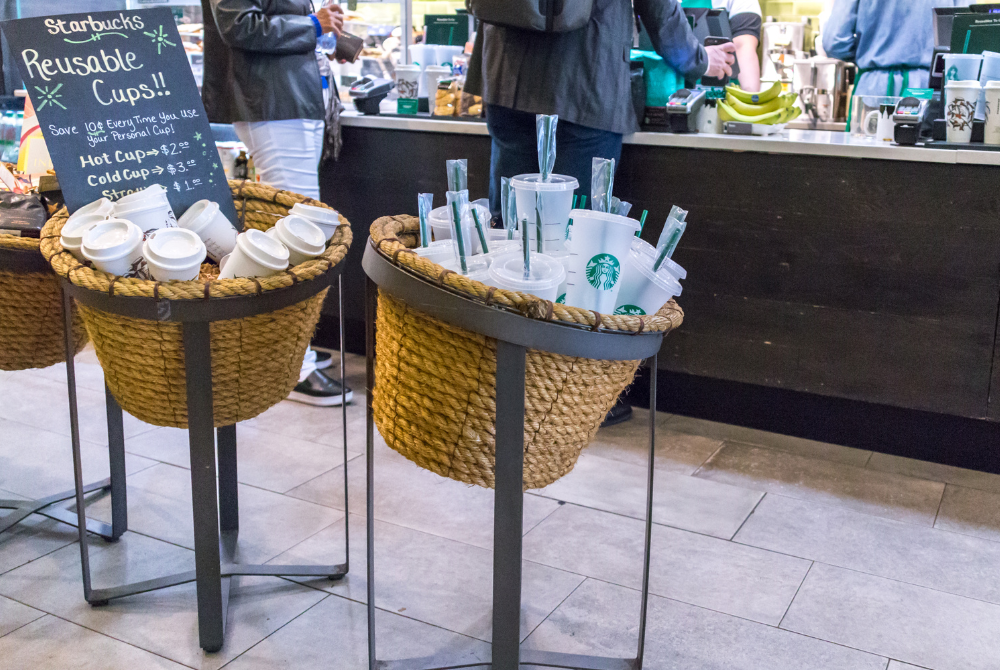
2. LEGO: Produces blocks using bio-based plastics derived from sugarcane.
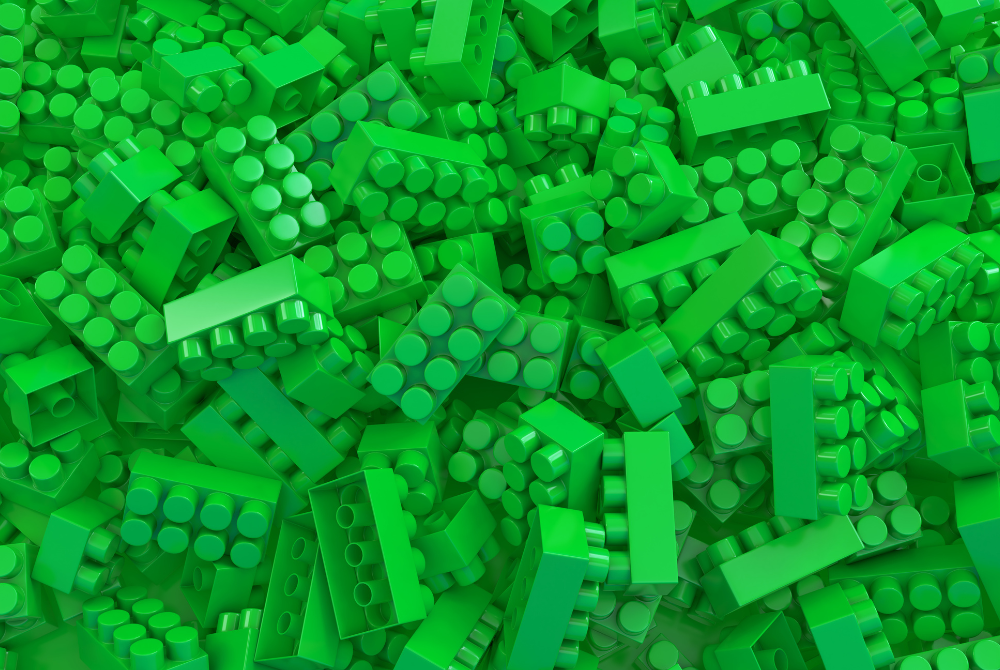
3. Tetra Pak: Creates recyclable, paper-based packaging as a substitute for plastic.
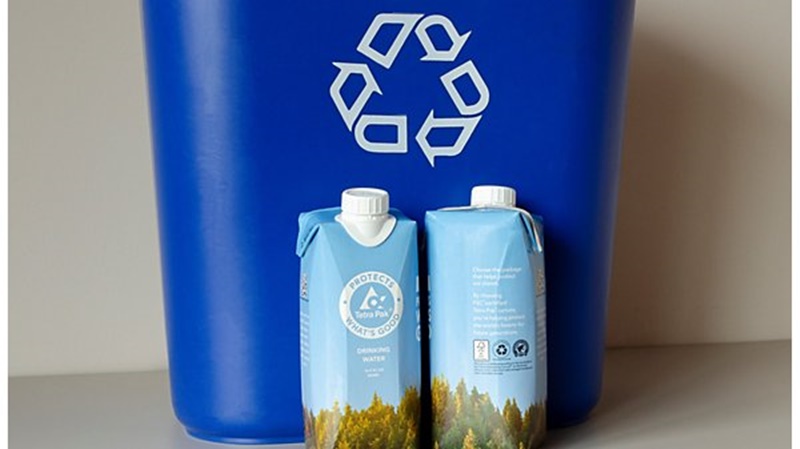
(Source: Tetra Pak)
4. Nestlé: Applies eco-friendly bio-plastics to their coffee capsule products.

Want to learn more about reuse and recycling?
|
―
Challenges for Plastic Alternatives
―
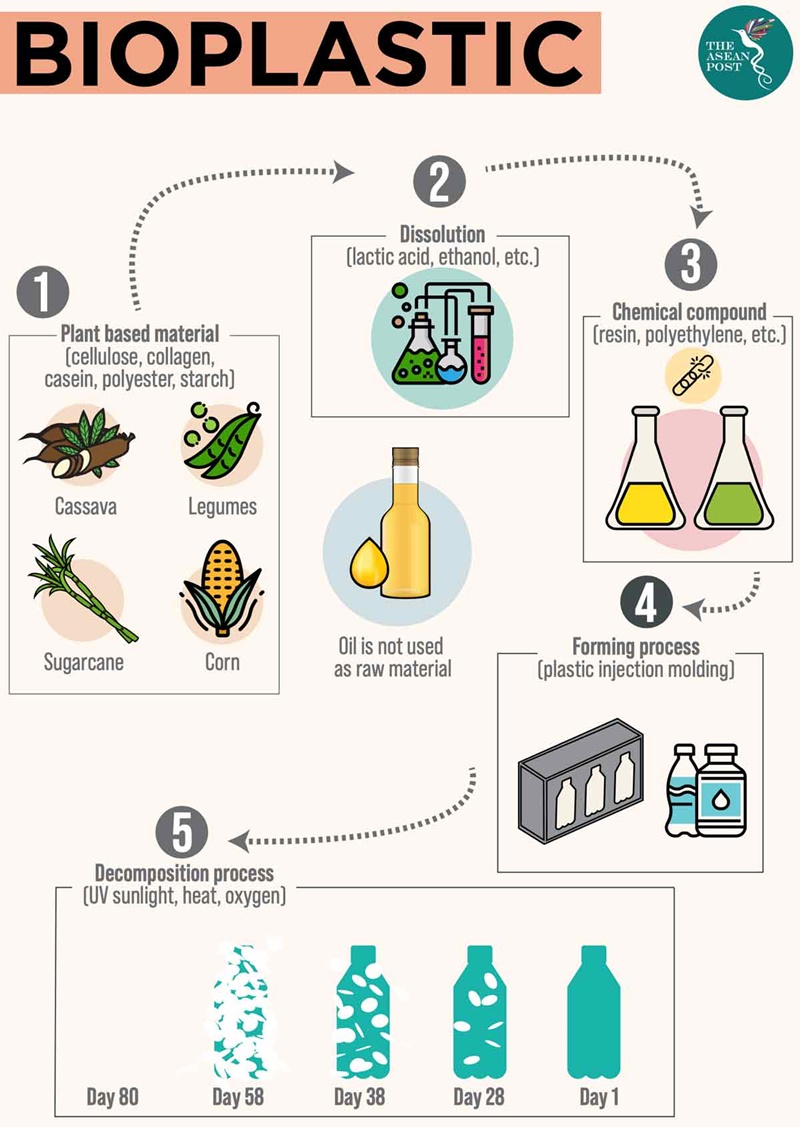
(Source: The ASEAN Post)
While plastic alternatives are
promising, several hurdles remain before they can become widespread.
1. Cost
Plastic alternatives often have
higher production costs compared to traditional plastics. This price disparity
can deter consumers and companies from adopting these materials on a larger
scale.
2. Technological Limitations
Biodegradable materials don’t
always decompose easily in all environments. Many require specific temperature
and humidity conditions to break down. For example, biodegradable plastic bags
that aren’t disposed of correctly may act like regular waste and add to the
environmental burden.
These challenges make
large-scale adoption difficult, but the potential for change is undeniable.
―
International Efforts to Solve the Plastic Problem
―
The plastic problem is no
longer confined to individual nations—it has become a global
challenge. In response, the United Nations Environment Programme (UNEP)
proposed an international agreement to end plastic pollution. This agreement,
adopted in 2022, has been signed by 175 countries to reduce plastic usage and
develop alternative materials through concrete action plans.
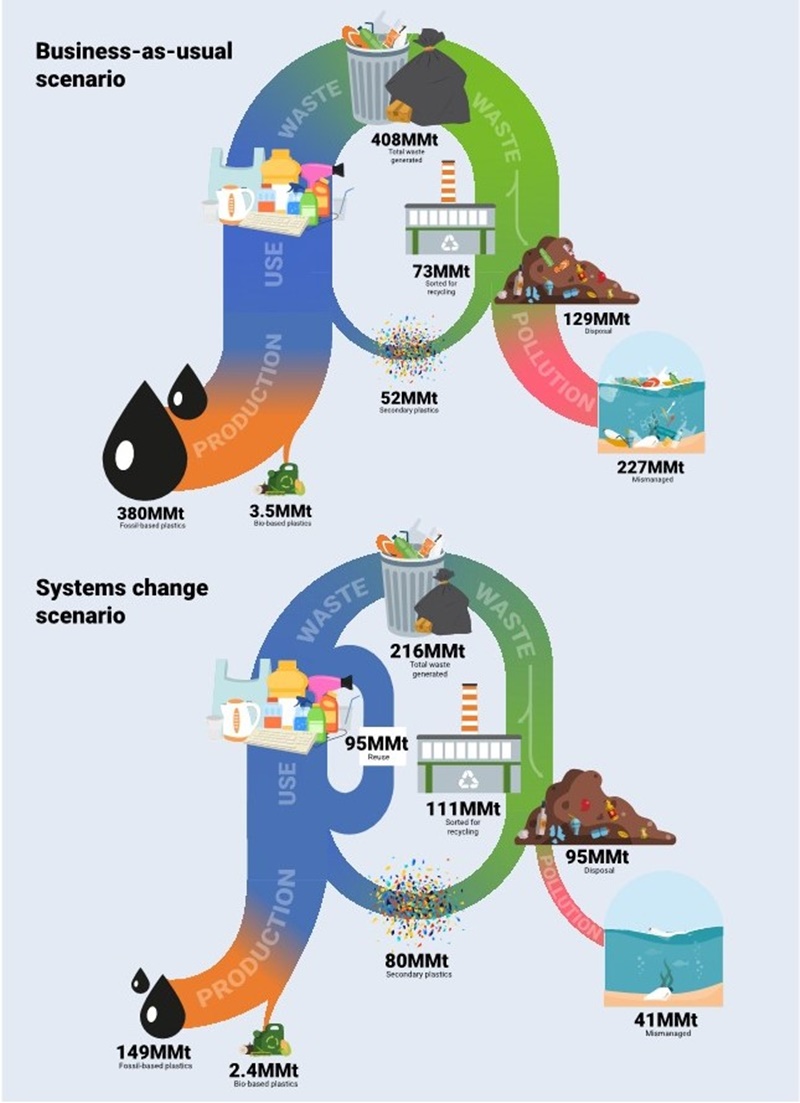
(Source: the United Nations Environment Programme (UNEP)
Key Elements of the Agreement:
* Establishing specific targets
to reduce plastic production and consumption.
* Improving recycling and waste
management systems.
* Increasing investments in
sustainable alternative materials.
This agreement is more than
just a declaration; it’s a legally binding commitment that is already driving
real change.
For example:
*European Union (EU): Implements
strict regulations, banning single-use plastic products like straws and cotton
swabs.
*Japan: Invests heavily in
bio-plastics research to develop alternative materials.
This global effort is not just
about politics—it’s beginning to transform everyday items like beverage cups
and packaging materials.
Want to learn more about international efforts to combat plastic pollution? Check out the next article: ↓↓↓ |
―
What We Can Do
―
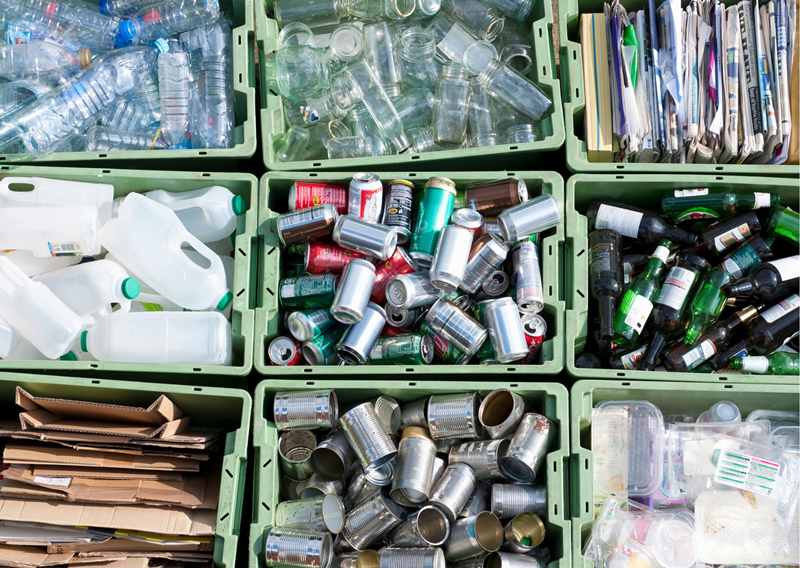
Change starts with consumers—us.
In New Zealand, supermarkets
replaced plastic packaging with eco-friendly alternatives due to consumer
demand. This wasn’t just a corporate decision to protect the environment; it
was the result of consumers showing interest and taking action.
Reducing plastic waste doesn’t
require grand plans. Simple actions, like using a tumbler, carrying a reusable
shopping bag, or reducing single-use items, are great starting points.
Participating in beach cleanups or choosing sustainable products also makes a
difference.
Start small today. By using fewer disposables or choosing eco-friendly alternatives, we can create meaningful change.
Want to learn more about the planet’s critical state? Check out the next article:
|
"We must imagine a world without plastics. And it is possible."
—Jane Goodall, Environmentalist—
Related Articles What Are Planetary Boundaries? |
Written by Sharon Choi
Director of Planning
Sunhak Peace Prize Secretariat

